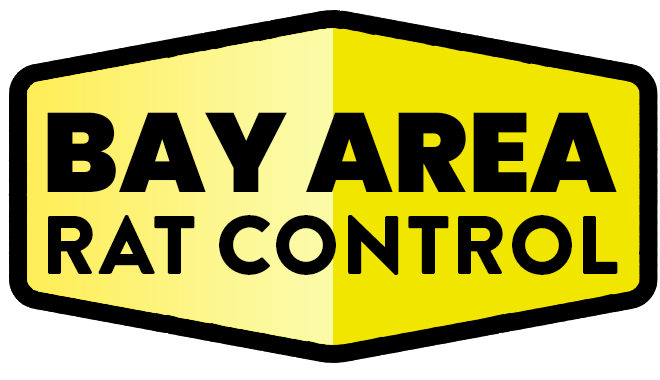Opening Thoughts
High-density housing, such as apartments and condos, presents unique challenges for preventing rat infestations. Shared walls, communal areas, and a large number of residents create multiple opportunities for rats to enter and thrive. This guide provides actionable strategies for both property managers and residents to prevent infestations in high-density living spaces.
Why High-Density Housing Is Vulnerable to Rat Infestations
1. Multiple Entry Points
- Shared utilities like pipes, vents, and HVAC systems provide easy access for rats between units.
- Structural vulnerabilities, such as cracks in foundations or walls, are harder to monitor in large complexes.
2. Abundant Resources
- Rats are attracted to food scraps in shared trash areas, communal kitchens, or poorly stored personal groceries.
- Water sources from leaks or condensation in basements and laundry rooms can sustain infestations.
3. Limited Coordination
- Inconsistent efforts among residents and management can undermine pest control measures.
Preventive Measures for Property Managers
1. Conduct Regular Inspections
- Inspect basements, attics, and communal areas for signs of rodent activity.
- Check structural vulnerabilities, including gaps around utility pipes and cracks in walls.
2. Implement Building-Wide Measures
- Seal Entry Points:
- Use steel wool, caulk, and metal mesh to block holes and gaps.
- Install Door Sweeps:
- Ensure all exterior doors are fitted with sweeps to prevent rats from entering.
- Vent Covers:
- Cover vents with mesh screens to block access while maintaining airflow.
3. Manage Waste Effectively
- Provide rat-proof trash bins with tight-fitting lids in all communal areas.
- Schedule frequent trash pickups to prevent overflow.
- Educate residents about proper waste disposal practices.
4. Landscaping and Exterior Maintenance
- Trim vegetation and trees near the building to eliminate nesting sites.
- Remove clutter, such as woodpiles or unused equipment, from the perimeter.
5. Partner with Professionals
- Hire pest control experts to develop a comprehensive prevention plan, including regular treatments and inspections.
Preventive Measures for Residents
1. Maintain a Clean Living Space
- Food Storage:
- Store food in airtight containers to prevent access.
- Regular Cleaning:
- Clean floors, countertops, and cabinets regularly to remove crumbs or spills.
2. Inspect and Repair Your Unit
- Seal small gaps around windows, doors, and plumbing with caulk or weatherstripping.
- Report structural issues, such as cracks or leaks, to property management promptly.
3. Practice Proper Waste Disposal
- Use sealed garbage bags and dispose of trash frequently.
- Avoid leaving food waste or recyclables exposed in your unit.
4. Set Up Preventive Measures
- Place traps or deterrents, such as peppermint oil or ultrasonic devices, in high-risk areas like under sinks or behind appliances.
Collaborative Strategies for Residents and Management
1. Establish Clear Communication
- Create a reporting system for residents to notify management of pest sightings or maintenance issues.
- Provide regular updates about pest control efforts and inspections.
2. Educate Residents
- Distribute guidelines on preventing infestations, including tips for maintaining cleanliness and identifying early signs of rats.
- Host workshops or informational sessions on pest prevention.
3. Create a Unified Pest Control Plan
- Align efforts between management and residents to ensure consistent application of preventive measures.
- Conduct building-wide pest control treatments to address infestations comprehensively.
Benefits of Proactive Prevention
1. Reduced Infestation Risk
- Proactive measures minimize the likelihood of rats entering and establishing nests.
2. Cost Savings
- Preventing infestations saves money on expensive extermination and repairs.
3. Enhanced Quality of Life
- A pest-free environment fosters a sense of safety and comfort for all residents.
Final Thoughts
Preventing rat infestations in high-density housing requires a collaborative effort between property managers and residents. By addressing vulnerabilities, maintaining cleanliness, and implementing building-wide measures, high-density communities can create a safer and healthier living environment for everyone.
Relevant Links/Sources:
Rodent Prevention for Multi-Unit Housing – CDC
Tips for High-Density Housing Pest Control – EPA
Pest Control in Apartments and Condos – PestWorld
